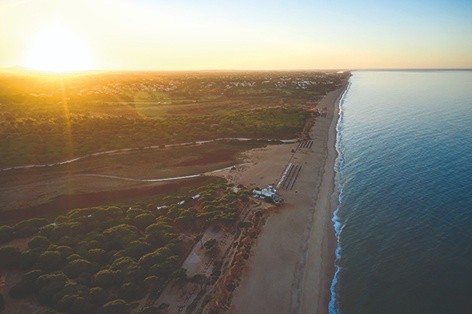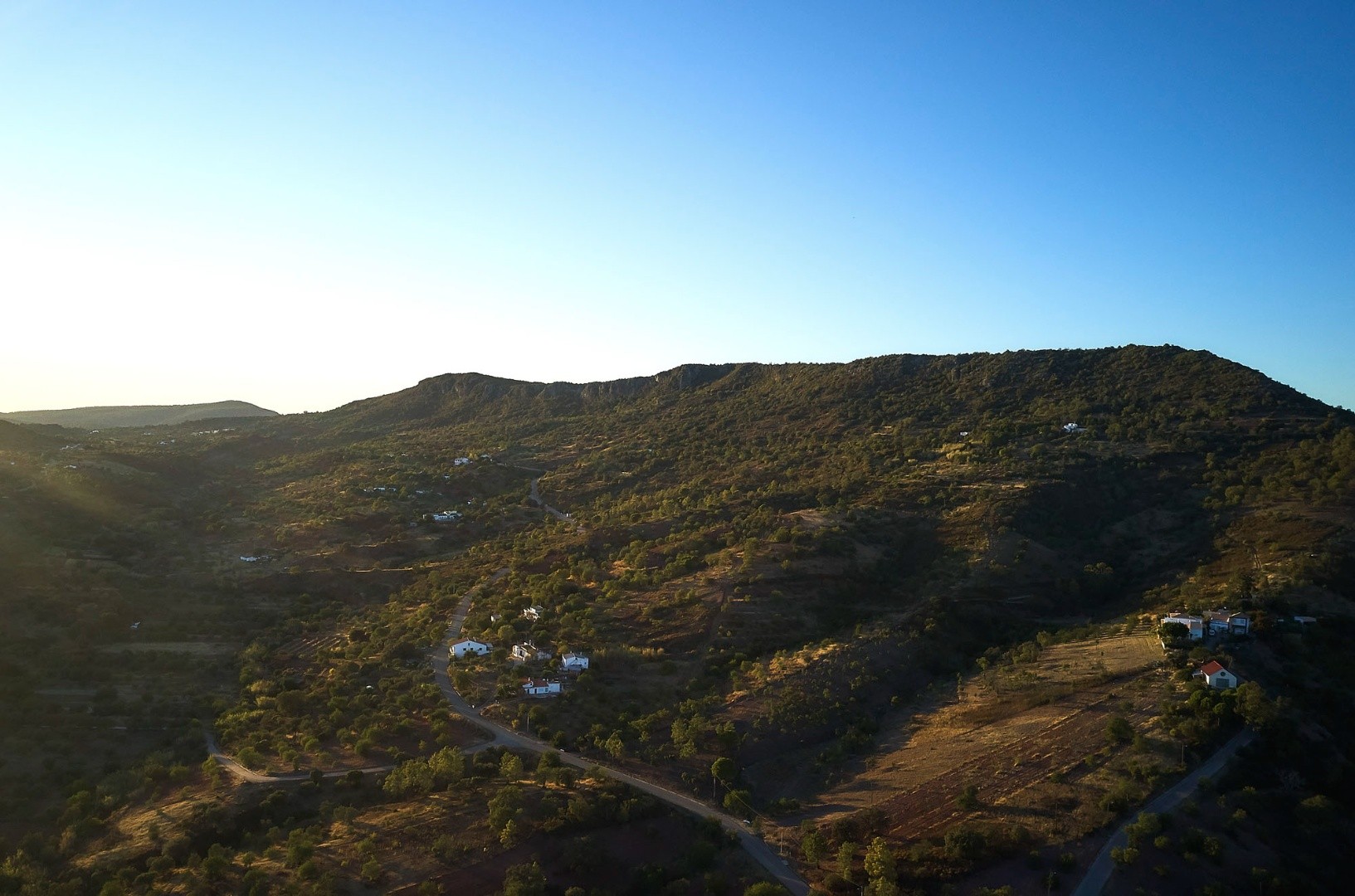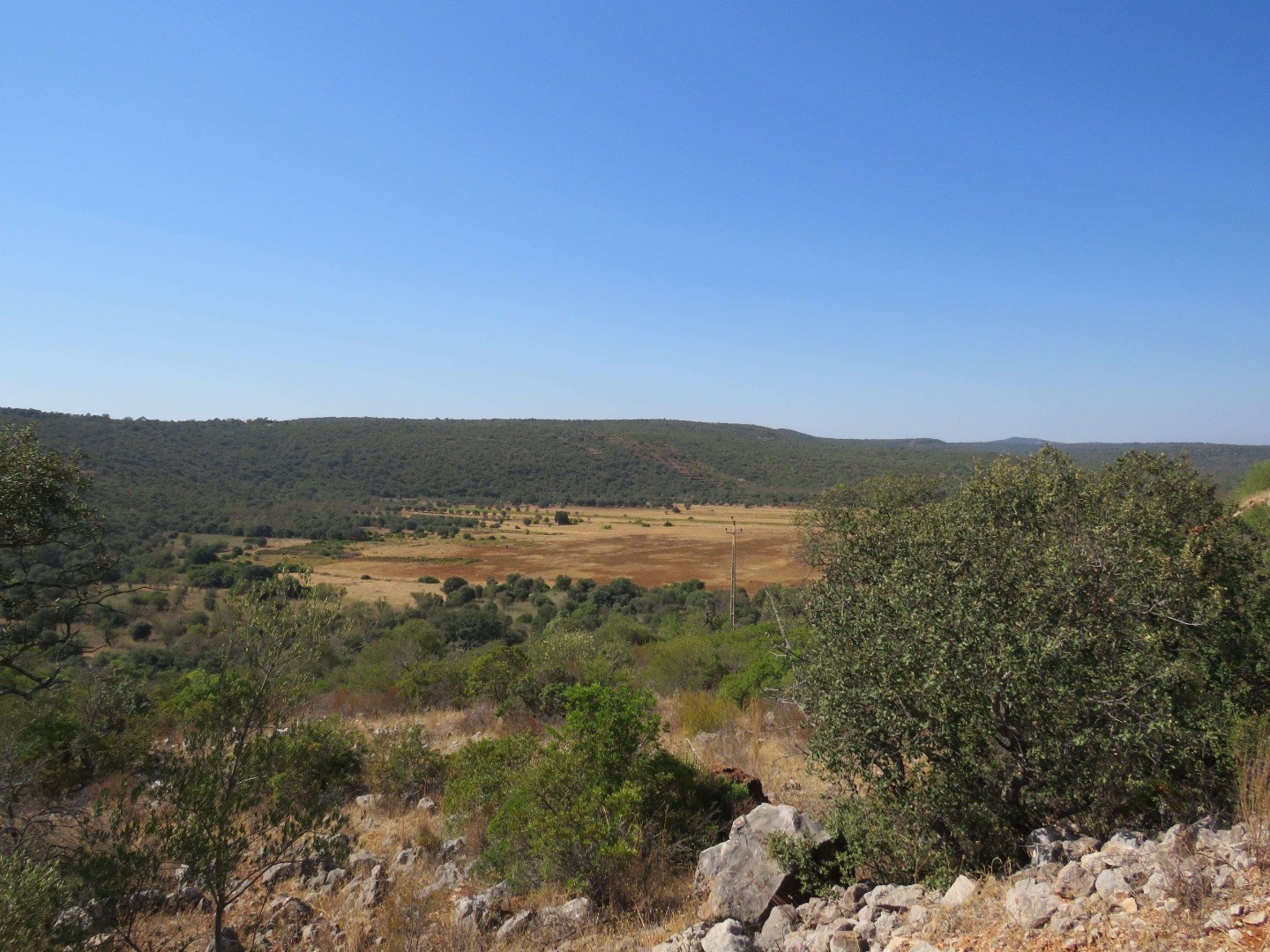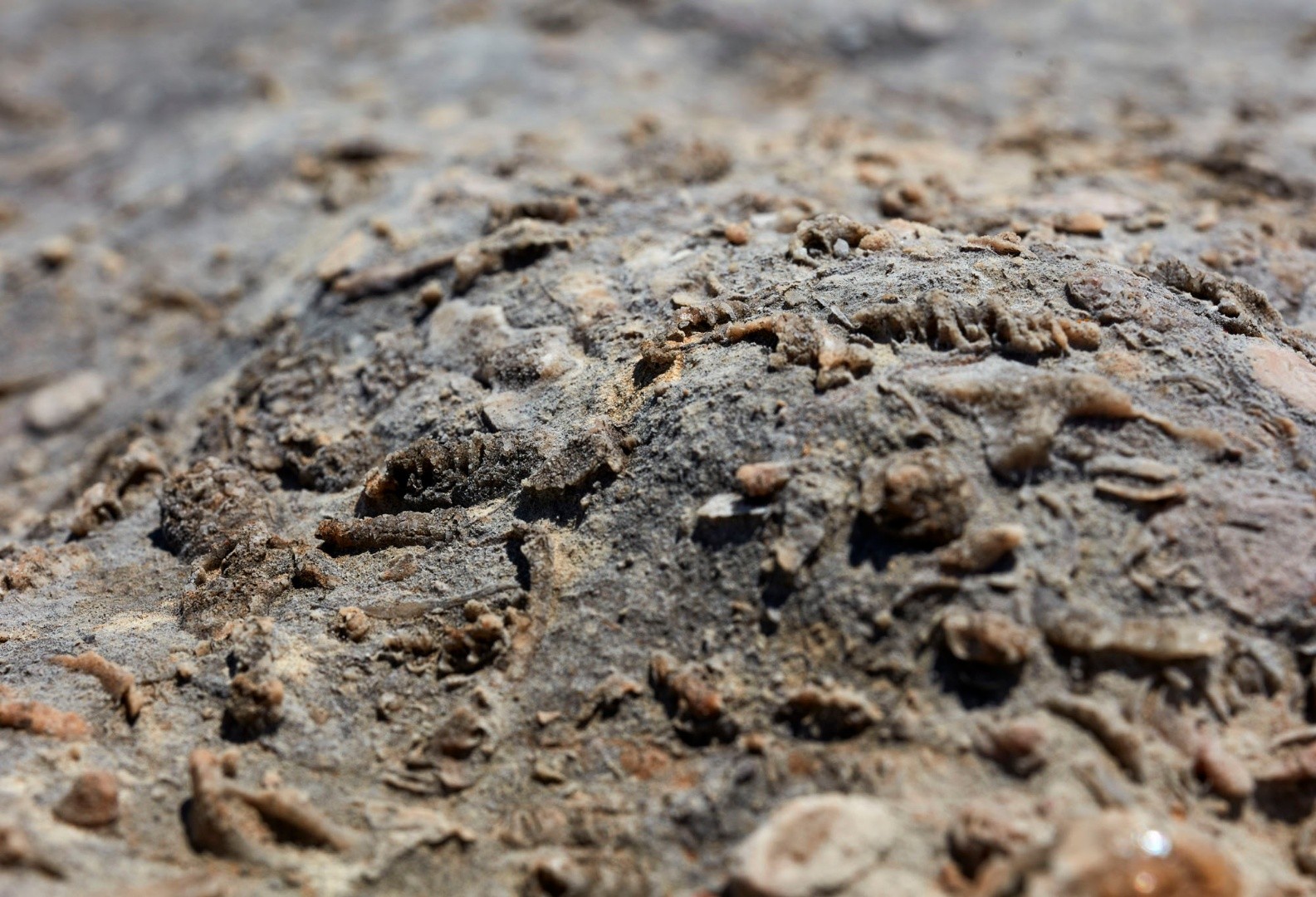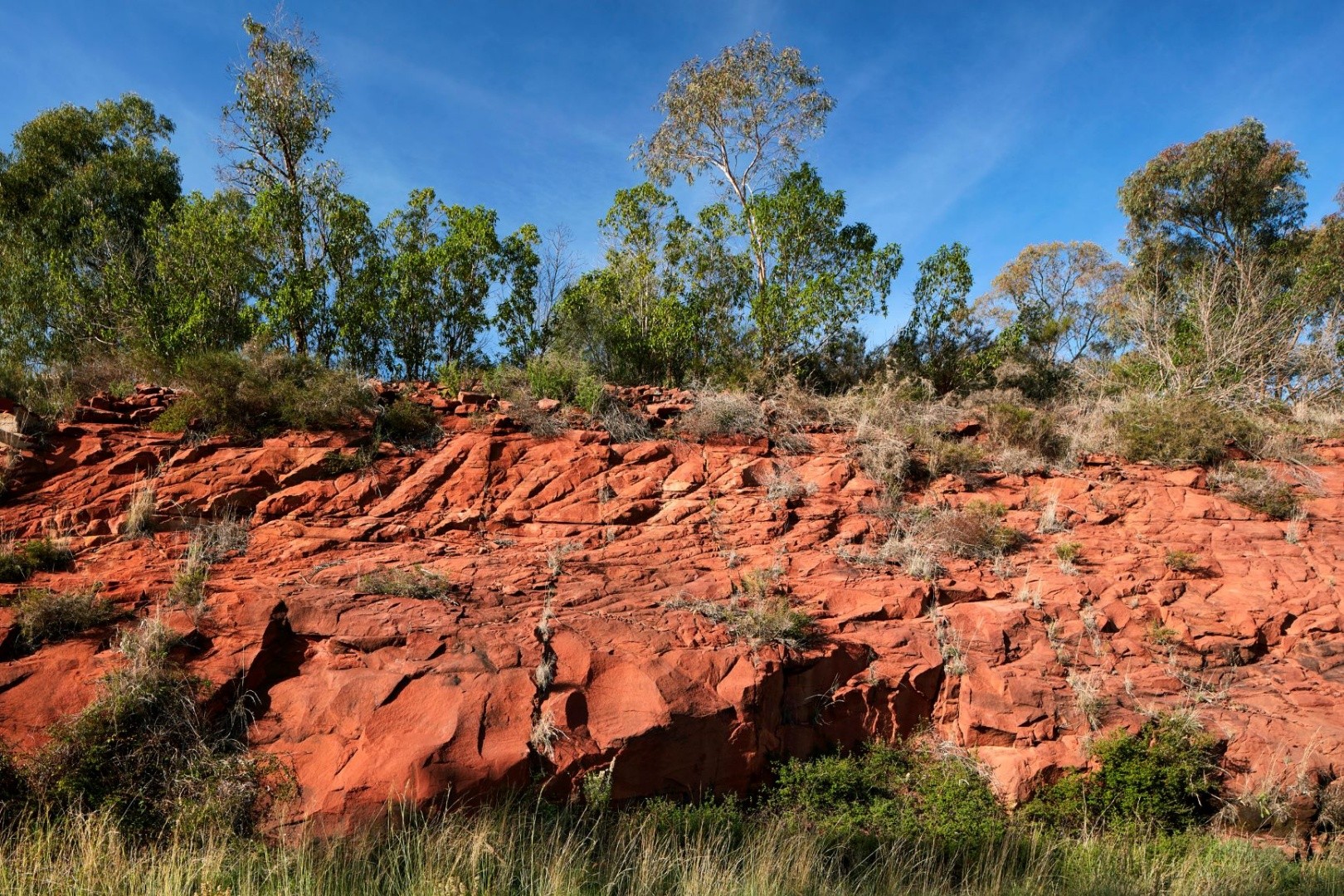SEDIMENTOLOGY
The Algarve Marine Natural Park, known as Pedra do Valado to local fishermen, is part of the marine area of the Geopark Algarvensis. It is one of the most biodiverse regions in the country and boasts the largest coastal reef in the Algarve, as well as one of the largest in Portugal. Pedra do Valado is a morphosedimentary body situated near Cabo Carvoeiro, extending approximately parallel to the coastline from the Bay of Armação de Pêra to Praia da Galé. This submerged sandbank, which has depths ranging between 14 and 25 meters, runs in a northwest-southeast orientation about 4 kilometres from the coast. Composed of medium-grained calcarenite with carbonate cement, it covers an area of 63.4 square kilometres.
Between this consolidated sandbank and the coastline lies a muddy seabed, covering roughly 31.1 square kilometres. The origin and formation of Pedra do Valado date back to a period when the mean sea level was lower, resulting from a glacial period in the Pleistocene, which occurred approximately 2.6 million years ago to 12000 years ago. During this time, a barrier beach formed, leading to the development of Pedra do Valado through the accumulation of sand transported along the coast by longshore currents. When the speed of these currents decreased, sand was deposited, creating a long coastal belt behind which fine sediments, silts, and clays accumulated in an intertidal zone. An important source of sediments for this barrier beach was the sediment carried, probably, by the River Arade, whose mouth is situated west of Cabo Carvoeiro.
Radiocarbon dating of the calcarenite that comprises Pedra do Valado indicates an age of 17581 ± 56 years. However, a single date is insufficient to determine the complete chronology of this geological event. Based on the curve of global mean sea level variation, it is believed that Pedra do Valado formed during the Upper Pleistocene.
Pedra do Valado is not only a natural reef but also a hotspot of biodiversity. Natural reefs are classified as priority habitats under the European Habitats Directive and are designated as a Protected Area of Community Interest. A total of 889 species have been reported, including 703 invertebrates, 111 fish, and 75 algae. Some of these species, such as seahorses (Hippocampus spp.) and grouper (Epinephelus marginatus), are of conservation concern. The reef also hosts several priority conservation habitats recognised by the OSPAR Convention, including seagrass meadows (Cymodocea nodosa), limestone algal banks (mäerl), and gorgonian gardens. Additionally, 45 species not previously reported in Portugal and 12 entirely new species have been identified in Pedra do Valado. Various fish species rely on this rocky reef, including gobies (Gobius xanthocephalus and Parablennius pilicornis) and the black bream (Diplodus vulgaris).
However, the natural reef faces threats from sand extraction for beach nourishment, pollution from effluents, and poor management of tourism activities, which may jeopardise its health.
Location: Vale Fuzeiros, São Bartolomeu de Messines - Silves
Coordinates: 37.25205833 -8.352025





